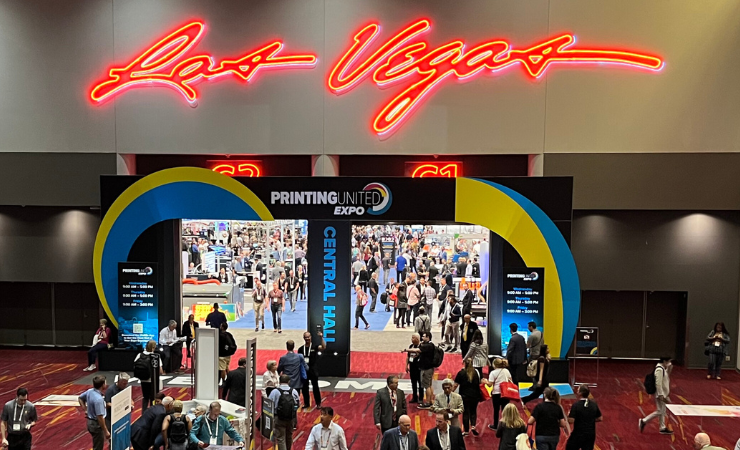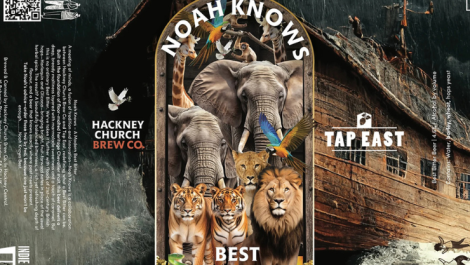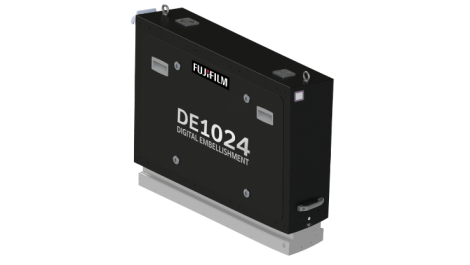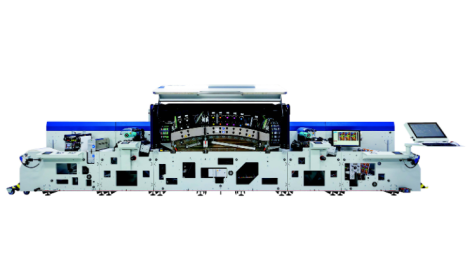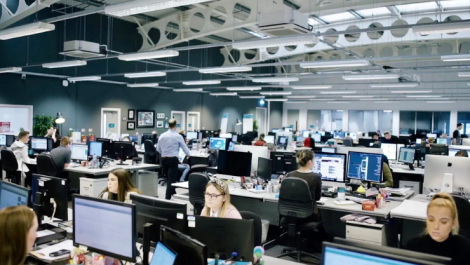Numerous industry events are to take place around the world next year, not least in Dusseldorf, Germany with the return of drupa. Understandably event organisers are upbeat for the year ahead, as David Pittman details
As organisers of major events that serve as meeting points and platforms for print and packaging to collaborate, network, invest and advance the industry, Easyfairs, Labelexpo Global Series, Messe Dusseldorf and Printing United Alliance inevitably have views on what the year ahead will bring.
From the advancement of AI and automation more generally, to application refinement and the drive towards sustainability and circularity, right through to representation in the highest corridors of power, print industry event organisers have some bold predictions for 2024.
Next year, Printing United Alliance expects the printing and packaging landscape to be shaped by a ‘dynamic interplay of drivers and headwinds’. Citing a recent report it and Napco Research published – Digital Packaging: Opportunities to Thrive – survey respondents that print labels and packaging identify the following as key challenges: shorter production times (78%), attracting and retaining labour (71%), increasing automation (65%), sustainability (56%) and keeping up with regulations (51%). Regarding this last challenge, with the formation of the Congressional Printing Caucus this year, the industry body and organiser of the namesake expo, is to continue to support its members and the wider industry as a voice on Capitol Hill through this representative group. The inaugural Congressional Printing Caucus was formed earlier this year in the US House of Representatives, as a bipartisan group that will focus on advancing a public policy agenda that benefits and protects America’s printing industry.
Printing United Alliance CEO Ford Bowers comments, ‘We look forward to working with the new Congressional Printing Caucus as we shine a spotlight on print’s vital importance to the US economy.’
Returning to the Digital Packaging: Opportunities to Thrive report, Printing United Alliance shares opportunities that label and packaging producers are pursuing, including investment in digital printing. Nearly 60% of respondents are printing labels and/or packaging using digital technologies. As technological advancements continue, the expectation is that adoption rates will continue to rise. Also, brand owners are pushing adoption of digital print as they understand its benefits and, in many cases, are actively seeking it out. The ability to maximise production efficiency is also key. While digital printing offers a variety of creative and cost-saving measures, its ability to optimise workflow efficiency has emerged as a top benefit of the technology. Converters cite short-run production capabilities (36%), faster turnarounds (34%), and the ability to personalise and accommodate more (31% each) as the top benefits digital provides.
Labelexpo Global Series managing director Jade Grace predicts ‘continued steady growth’ of the labels and package printing industry. ‘The labels industry has proved itself to be resilient in the face of a series of unprecedented challenges from the Covid-19 pandemic including raw material shortages and working with brand owners to keep the supply chain open.
‘We see technology developments continuing to bring new solutions to label converters, helping them add value to brand owners’ marketing initiatives across a range of areas such as digital embellishment and Cloud-based proofing and approval systems.’
Automation is another trend she expects to see continue to grow next year, and not just of presses and finishing equipment, ‘but of the entire label factory workflow. AI and robotics will have a growing role to play here, acting as ‘force multipliers’ that allow human operators to do more rewarding and value-added work.’
‘We expect to see the line between the virtual and physical worlds blur a little,’ says James Montero-MacColl, senior marketing manager at Easyfairs. ‘This will be the case in terms of the supply chain, which increasingly relies on digitalisation and automation, but also in terms of pack functionality, which can incorporate scannable QR codes to provide accessible, detailed product information, or exciting augmented reality features for brand storytelling.’
Inclusive packaging and labelling is a trend Easyfairs also expects to see continue, as Mr Montero-MacColl explains. ‘This trend has produced some exciting innovations in recent years – high-build spot varnishes for Braille labelling, easy opening and dispensing mechanisms, and novel shapes for easy handling, to name a few. Focusing on making packaging more accessible to the minority of consumers with disabilities, health conditions and impairments, usually ends up making the packaging experience better for everyone.’
For Ms Grace, there will be a focus on how the label can help the entire packaging chain become more efficient at recovering or recirculating container materials – for example, by releasing labels cleanly from one-trip PET bottles and reusable glass containers. ‘On the same theme, we see linerless primary labels finally coming of age, with more brands recognising the sustainability benefits already realised in the industrial/ VIP segment.’
Mr Montero-MacColl expects to see the industry, ‘continue to unpick the true meaning of sustainability.’
He suggests, ‘This might involve embracing innovative refillable or reusable solutions; it will also involve exciting new bio-based materials that reduce our reliance on plastic, offering equivalent performance to plastic for many applications but with improved recyclability or compostability.
‘These new materials will influence a stylistic trend towards more rustic shapes, colours and textures in packaging and labels. Consumers strongly prefer packaging that they perceive to have a lower environmental impact, so making sustainable packaging that they can intuitively identify as such will be key to meeting today’s consumer needs.’
Returning after an eight-year absence, drupa director Sabine Geldermann at Messe Düsseldorf, says her show is needed more than ever, ‘as the industry faces significant change, driven primarily by sustainability concerns.
‘A significant shift towards environmentally friendly materials and processes is meeting the growing demand for sustainability. At the same time, digitalisation is driving advances in automation and AI, increasing production efficiency and enabling high-quality personalised printing.’
Ms Geldermann goes on, ‘Customisation is at the forefront, responding to a market seeking unique products through innovative printing technologies that enable mass customisation without compromising speed or cost-effectiveness. However, challenges remain in adapting to rapid technological change while maintaining a sustainable supply chain. The balance between innovation, environmental responsibility and operational efficiency remains critical, prompting collaboration and knowledge sharing.
‘Despite economic challenges, there’s growing confidence in global markets, with printers and suppliers actively seeking new avenues for growth. The recovery in capital expenditure, as highlighted in the 9th drupa Global Trends Report, coupled with robust demand from various print sectors, provides a positive outlook for the industry.
‘2024 promises a dynamic evolution, characterised by sustainable practices, digital innovation and an increased focus on meeting diverse consumer demands. As the world’s leading trade fair for the global printing and packaging industry, drupa 2024 is the key platform for shaping and experiencing this transformative journey.’
This feature article was first published in the November/December issue of digital Labels & Packaging, which you can read online here; register here to receive future issues of the magazine

